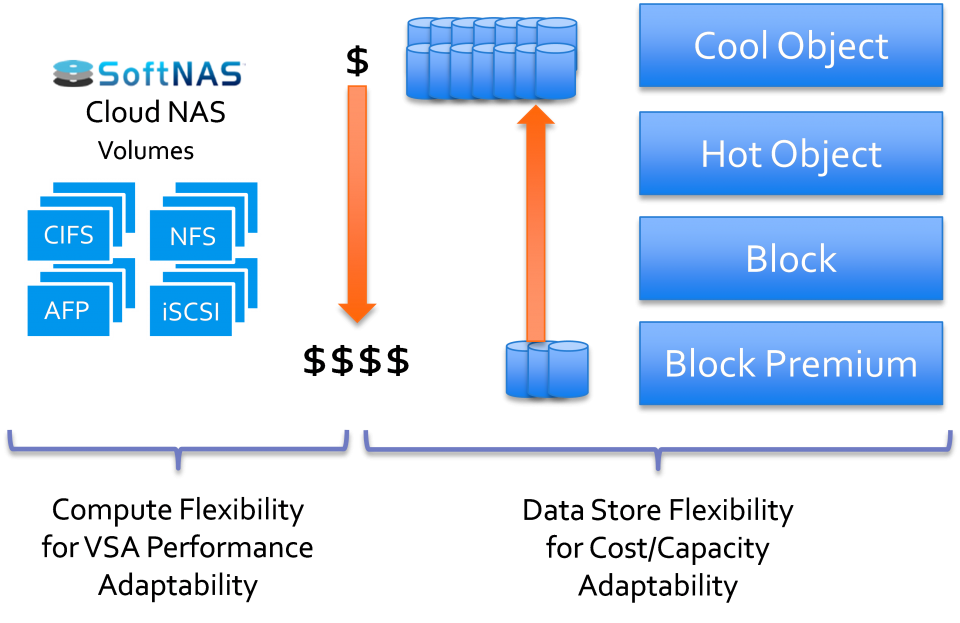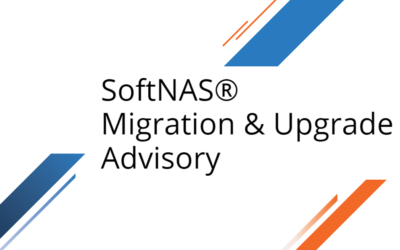By Michael Richtberg, VP of Strategic Business Development
Growing up – we outgrew our bicycles. As adults we outgrow lots of things like our cars or houses. Businesses change, too, and so does the infrastructure we use to run it. Unfortunately, the traditional options for storage tend to be fairly inflexible. As business applications and industrial conditions change, the underlying infrastructure may no longer provide the right support.
Moving to a cloud based architecture may feel new, exciting, but maybe a little adventurous. At SoftNAS, we take your cloud journey seriously and help make it faster and easier to make the transition. We start by making it possible to move your storage and compute to the cloud platform of your choice without having to regenerate all of the applications into some new cloud based application architecture. What we mean is, you don’t have to change the frequently used file-based storage systems to leverage virtualized compute on a public cloud platform. It’s common to think you have to create a brand new object-based application to get the benefits of cloud computing. At SoftNAS, that isn’t required.
Flexibility – Adaptable Storage
Another major benefit often overlooked is the flexibility to change as your needs change. Unlike traditional terrestrial storage systems that remain fairly fixed until you get new capital budget, or the product isn’t supported any longer, cloud storage options provide infinite flexibility. Without changing your current data, you can adjust your capacity, the performance characteristics, or the type of data store to fit a combination of cost and performance requirements.

Using infrastructure from SoftNAS on a cloud based virtualization platform, you can make these changes non-destructively. Our customers can move from an early proof-of-concept that may not require much performance or capacity, but they still need to see the functionality. After getting through the PoC phase, they often need a pre-product level of performance and capacity. In production, responsiveness and capacity become critical success factors. Unlike traditional storage, these transitions can occur without disruption.
The compute instance (the cloud term for your “server” that hosts the SoftNAS virtual storage appliance) can vary from a few cores and low RAM and slow networks to high core counts, expansive RAM, local SSD and fast networking… all of which SoftNAS Cloud NAS utilizes for improved performance. On the storage side, the capacity can elastically expand or contract based on need. SoftNAS can even enable simultaneous use of multiple back end storage type (data stores) for different responsiveness characteristics. As you need it, just add more capacity and you have instantly enabled the expansion of volumes and/or LUNs.
Using a cloud based architecture to host your storage isn’t just about moving it, it’s about changing the way you think about flexibility. You’re no longer locked into CapEx depreciation cycles that may create a mismatch between system capabilities and business needs. Nor do you need to be a fortune teller who must master the skills of predicting the next three years of change (or a buying to over-provision it today just to be ready for tomorrow).






